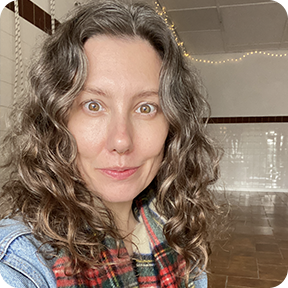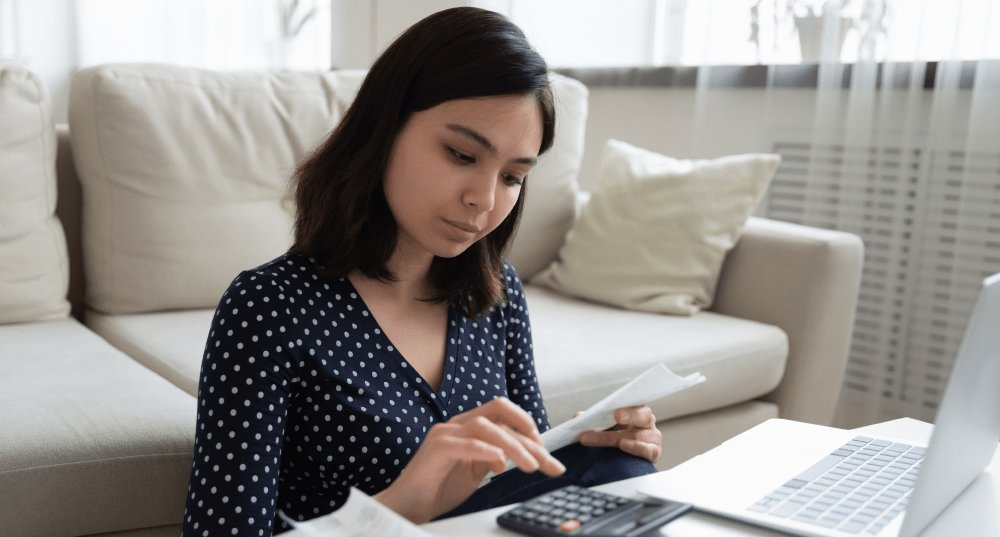Home Loans
Highly competitive rates, additional payments and fast approval process.~
Home loans from
-
Borrow up to 90% LVR
-
Streamlined Bare loan or fully featured Bold loan available
-
No transaction fees for redraws
-
No monthly or ongoing fees
Choose a home loan that's right for you

You could lower your repayments in one easy switch.

Ready to buy your home? Getting pre-approved gives you peace of mind.

Flexible loan options to help you grow your investment portfolio.

Build your home with flexible progress payments and a competitive rate.

Get auction-ready with our competitive loans.

Let us take the complexity out of owning your first home.
Our home loan interest rates
| Home Loan | Interest Rate | Comparison Rate | Monthly Repayment | Product Features | Details |
|---|---|---|---|---|---|
Variable Bare Home LoanBorrow up to 90% LVR |
5.29% p.a. | 5.33% p.a. | $2,773 |
|
Do I Qualify? |
Variable Bold Home LoanBorrow up to 90% LVR |
5.39% p.a. | 5.43% p.a. | $2,805 |
|
Do I Qualify? |
Bold 1 yr FixedBorrow up to 90% LVR |
5.99% p.a. | 5.49% p.a. | $2,995 |
|
Do I Qualify? |





Meet the team behind Australia's Home of Loans
We have a friendly team of Australian-based lending experts here to help you from application to settlement, so you can get a better loan and start savings thousands.

Free guides & reports

Create a property report
Get a list of the similar property sales in the area.
Get a list of properties currently on the market, similar to the one you are looking at.
Get an estimation of the value of the property.

Your guide to buying a home
Most people have questions about the refinancing process, so we’ve created this guide to make things easier for you to understand and help you start saving sooner.
Frequently Asked Questions
As an online lender, we operate without the overheads of a physical branch network or broker commissions. Our digital processes and innovative technology help us keep costs down. This allows us to pass those savings directly on to you through competitive home and car loan rates.
An offset sub-account is linked to your home loan and helps reduce the interest you pay. Instead of earning interest like a regular savings account, the balance in your offset reduces the portion of your loan that accrues interest. This can help you pay off your loan faster and save on interest costs.
Key things to know:
- It's a sub-account of your loan, not a separate deposit account.
- Funds in the offset sub-account are not covered by the government deposit guarantee.
- The offset cannot exceed your home loan balance.
If you have any questions, our friendly team is here to help!
We sure do! Introduce someone to loans.com.au and we'll reward you when they settle their loan with us!
For home loans, we'll give you a huge $1000 bonus when they settle their home loan with us and your friend will also receive $1000.
For car loans, we'll give you a huge $250 bonus when they settle their car loan with us and your friend will also receive $150 off their settlement fee.
You can apply for a home loan with loans.com.au at your convenience, 24/7 via our online platform. Upload your documents and monitor your application in real time via our onTrack portal. Our Australian-based lending specialists are here to guide you through the loan process.
We can provide approval for applicants in as little as 2-3 days, pending the customer's individual circumstances and all correct documentation has been provided. It's important to note that this is not a 'one size fits all' number, and the approval time will depend on each individual applicant's circumstances.
We'd always advise our customers to have the right documentation ready at application stage, so you can move forward with your application as quickly as possible.
We charge a $300 settlement fee plus a security assessment fee. The security assessment fee for a standard property in a metropolitan area in a major city starts at $230 for properties valued up to $1 million. The security assessment fee is not refundable and is payable when the security assessment is ordered.
Ready to start saving on your home loan?
Our home loan application process

Apply Online
Complete your application through our online platform.

Upload & Track
Submit your documents and monitor your application in real time via our onTrack portal.

Speak to our Specialist
Our lending specialists will make an appointment with you to guide you through the loan process, including getting a pre-approval.

Approval & Signing
Review and sign your mortgage documents and loan agreement via onTrack.

Settlement
Your loan settles, which means your funds will be ready.

Manage Your Loan
You'll receive your login details to manage your repayments and account details via our Smart Money app.
onTrack
Fast track your loan with onTrack
- Gain 24/7 control of your application
- Get alerts straight to your phone
- Easy to download mobile app
Access at your fingertip
You now have access and complete clarity of your loan application on-the-go with onTrack mobile.
The easy to use mobile app will keep you up-to-date with the progress of your loan anytime, anywhere with alerts straight to your phone. It's now even easier to get your loan approved and settled fast, no matter where you are.
Real PeopleReal StoriesReal Wins

Sam
Sam
Meet Sam, who asked us for help to refinance his home loan into a better deal
I’ve seen my father-in-law do a bit of property and enjoy success with it, so we decided to do it too. Buying our home wasn’t easy. There was a lot of paperwork involved in the application. It felt overwhelming at the best of times. Once we finally got the loan, we thought all the work was done. Then the rates started to go up. We had to decide.
Stay safe and pay more with our old lender or do the application again to refinance? I’m very happy we decided to unlock ourselves from our old lender. It’s why we found loans.com.au and eventually got ourselves into a much better deal.

Mark
Mark
Meet Mark, a customer of ours who came to us when he wanted to refinance his home.
As a result of a change in circumstances, I had to refinance my home.
I found loans.com.au and applied for a loan. They were very good. Philip and Sonya communicated well and worked speedily to progress my application throughout a challenging settlement situation.

Laura
Laura
Meet Laura Smith, one of our fantastic customers who borrowed with her partner to buy an apartment in inner Brisbane.
My partner and I bought an apartment in West End and we had our finance all lined up with loans.com.au but a dispute between the vendor and the Owner’s Corporation forced us to withdraw from the purchase at the last moment.
Two years later, we refinanced with loans.com.au to fund a major bathroom renovation on the apartment. We did shop around for finance at the time but we found that loans.com.au still had a very competitive rate and we were happy with the service so we stayed.
Customer reviews

Our Google Rating

























Why Aussies Choose Us
Apply anytime, and from anywhere.
Fast tracked pre-approval in minutes.
Smarter lending to get you moving sooner.
Online convenience, local support.

Refer your friends or family to loans.com.au and earn big rewards!
When they settle a home loan with us, you'll both receive a $1,000 reward. Plus, if they choose a car loan, you'll get a $250 bonus, and they'll enjoy $150 off their settlement fee. It's our way of saying thanks for spreading the word!+
+ T&Cs apply, view here
Related Articles

Online lenders vs online mortgage brokers compared
Learn the difference between a mortgage broker and a mortgage lender, including pros, cons, costs, and which option may suit your home loan needs best.

How long does mortgage pre approval last?
Find out how long pre-approval lasts and how you can find your new home with confidence with loans.com.au

Top Suburbs for Rental Yield in NT
Thinking of investing in the Northern Territory? Learn more about the top rental yield suburbs in the area below.
Have you had a home loan health check?

How much do Australians spend on rent?

How does a property auction work in Australia?


Sarah
Lending Specialist
Real people, based in Brisbane, Australia
Our experienced home lending specialists are here to help. Let's chat about your home loan options today.















